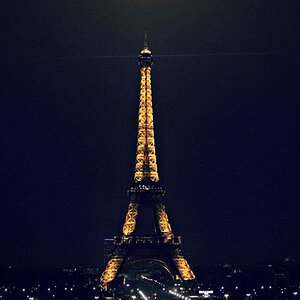Advanced Photo
No longer a newbie, moving up!
- Joined
- Sep 29, 2016
- Messages
- 718
- Reaction score
- 94
- Location
- Western US
- Can others edit my Photos
- Photos OK to edit
lol. Not in my opinion. When I look at a scene in real life, I see accurate colors and no grain. That, to me is realistic. When I go back and see it again in 25 years, I see the true colors again, the Polaroid has changed colors quite a lot by then, the digital print is still accurate, that, to me is realistic.Digital is not realistic too smooth and lifelessIf by plastic you mean realistic, then yep.That's great if you want a plastic looking photoInstant film: Take a shot and wait around 4 minutes for a rather poor quality image to appear in a 4x4 size print. Cost: $1.00 to $3.00. A print that does not age particularly well.
Digital: Take a shot and wait less than a minute for a very high quality photo to appear in an 8x10 (or 8.5 x 11) size print (with the option to print it at much larger sizes up to 44" x any length). Cost: a few cents for an 8x10. A print that looks as good in 200 years as it does today.
Hmmmm.... decisions, decisions...
Sent from my SM-G903F using Tapatalk
Sent from my SM-G903F using Tapatalk
I like some of the art of film, but realism is not its strong suit.



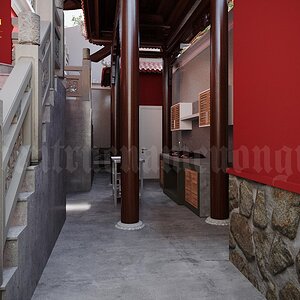
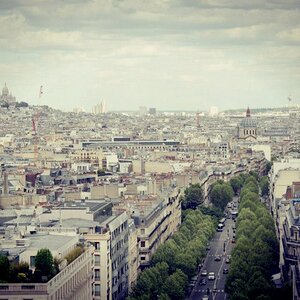
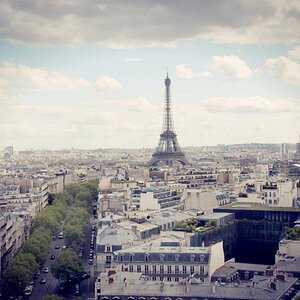

![[No title]](/data/xfmg/thumbnail/30/30872-cd51e29bb57fff318ae9841cb002aa5b.jpg?1619734489)
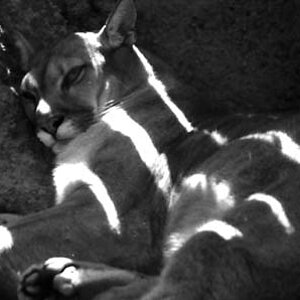
![[No title]](/data/xfmg/thumbnail/31/31749-6cf0f99d6bdedf47f7387c5b943fb717.jpg?1619734989)
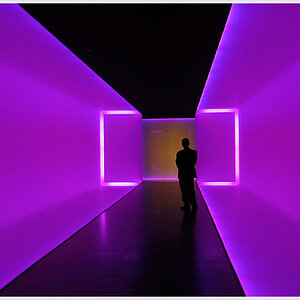
![[No title]](/data/xfmg/thumbnail/36/36299-468f060314a0ac2bf5e37da1c33149d2.jpg?1619737493)
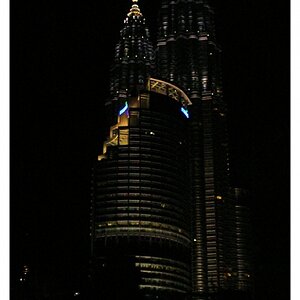
![[No title]](/data/xfmg/thumbnail/36/36301-27972c0474532c2ef657014362950733.jpg?1619737495)
